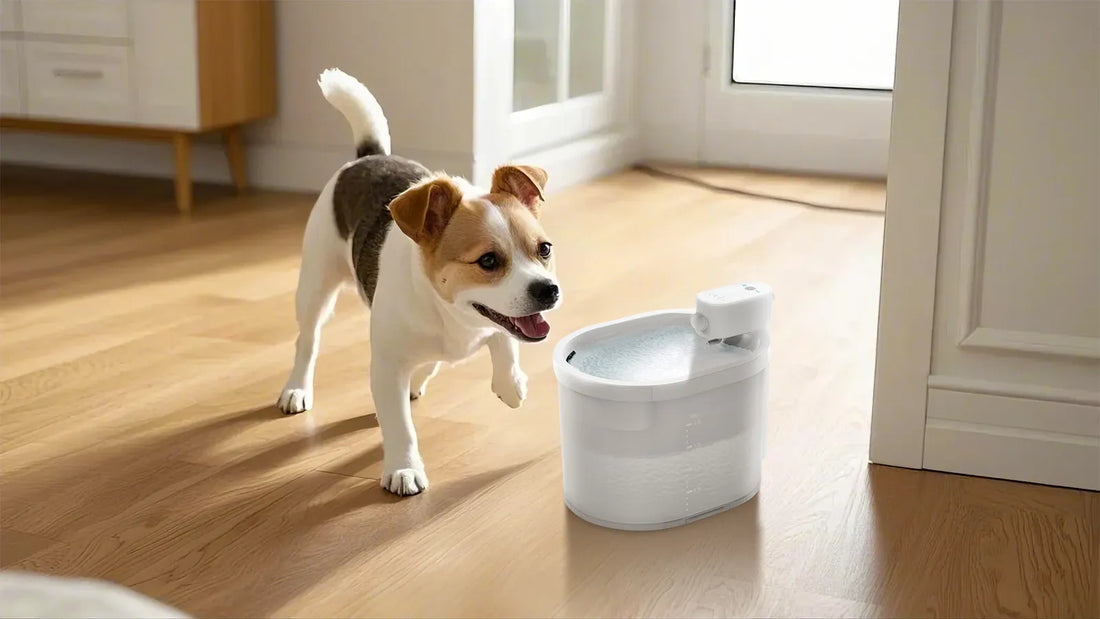When it comes to caring for a dry cat, the balance between life and bath is crucial. Cats are known for their meticulous grooming habits, but sometimes they need a little extra help to stay hydrated and comfortable. Whether your feline friend is dealing with dry skin, dehydration, or other health issues, understanding the role of hydration and bathing can make a world of difference.
Understanding Dryness in Cats
Dryness in cats can manifest in various ways, including flaky skin, dull fur, and lethargy. It’s essential to identify the root cause of the dryness to provide the right care. Common causes include environmental factors, diet, and underlying health conditions. Ensuring your cat has access to fresh water at all times is the first step in combating dryness.
The Role of Hydration
Hydration is vital for a cat’s overall health. Water helps maintain healthy skin, aids digestion, and supports kidney function. Cats are naturally inclined to drink less water than other animals, so it’s important to encourage them to stay hydrated. Consider using a water fountain, as many cats prefer running water. Wet food can also be a great way to increase your cat’s water intake.
Bathing Your Dry Cat
While cats are generally self-sufficient when it comes to grooming, there are times when a bath can be beneficial. Bathing can help remove dirt, oils, and allergens that contribute to dryness. However, it’s important to use a cat-specific shampoo and to ensure the water is lukewarm. Always be gentle and patient, as many cats are not fond of water.
Post-Bath Care
After bathing your cat, it’s crucial to dry them thoroughly to prevent chills. Use a soft towel and avoid using a hairdryer, as the noise and heat can be stressful for your cat. Brushing your cat’s fur after a bath can help remove any tangles and distribute natural oils, promoting a healthy coat.
Preventing Dryness
Prevention is always better than cure. Regular grooming, a balanced diet, and a humidifier can help keep your cat’s skin and fur in top condition. Pay attention to any changes in your cat’s behavior or appearance, as these can be early signs of dryness or other health issues.
When to Seek Veterinary Help
If your cat’s dryness persists despite your best efforts, it’s time to consult a veterinarian. Persistent dryness can be a sign of an underlying health condition that requires professional treatment. Your vet can provide a thorough examination and recommend appropriate treatments or dietary changes.
Caring for a dry cat involves a combination of hydration, grooming, and vigilance. By understanding the needs of your feline friend and taking proactive steps, you can ensure they lead a comfortable and healthy life. Remember, a little extra care can go a long way in keeping your cat happy and hydrated.













